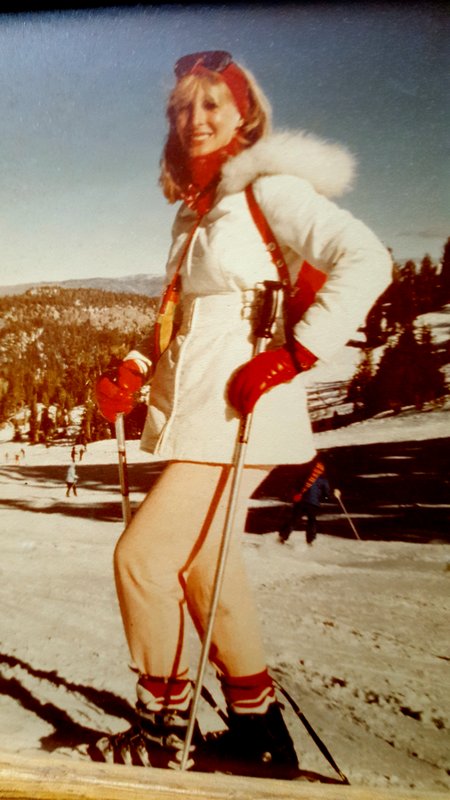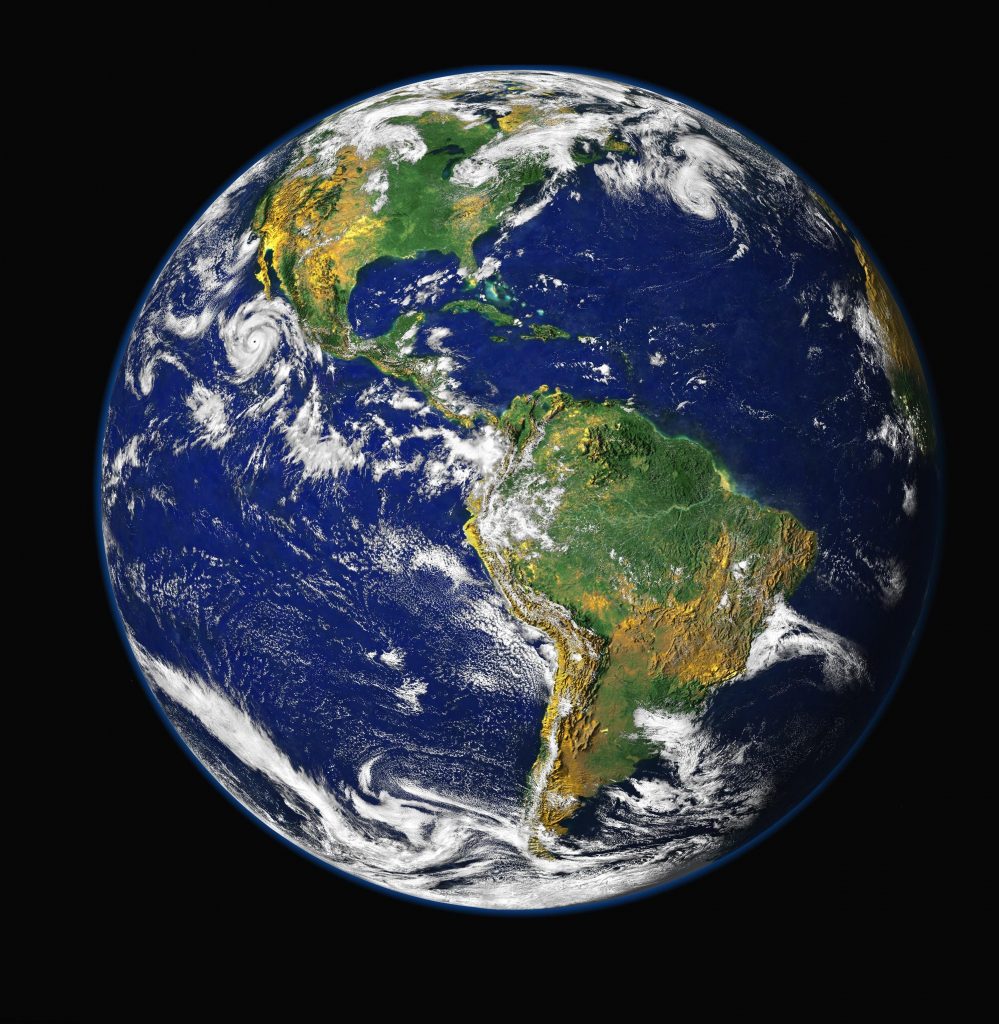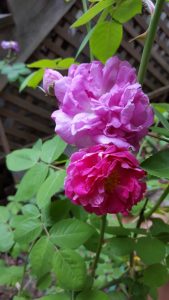“What you desire and what you fear are within yourself.”
Tao Te Ching, Chapter 13
When you face a new challenge, what do you feel? Fear, anxiety—or excitement? Whatever you call it, it’s energy. And this new rush of energy can help focus your attention.
Before getting her Ph.D. in psychology, My friend Tracey was a ski instructor in Taos, New Mexico. What she taught people learning to ski offers wisdom for facing any new challenge—a mindful blend of intention and attention.
Get clear on what you want to do. Before attempting a new ski run, Tracey would size up the situation, asking, “Where do I want to go?” When facing a new challenge in your life, what is your intention?
Ask yourself, “What do I want?” “Where do I want to go?”
Consider the conditions. Pay careful attention. Ski slopes can vary from day to day. It could have snowed last night or the trails might be icy. Melting snow may expose hazardous rocks or tree branches. On the ski slopes and in life, knowing the conditions will help you take right action. What are current conditions like for you?

Tune in to your body. Don’t let tension and fear paralyze you. Since you cannot be tense and relaxed at the same time, do a relaxation technique if you’re feeling tense. Take a deep breath and release it, feeling the energy in your body. Then focus on your intention, telling yourself, “I CAN do this.”
Don’t concentrate on what you want to avoid. Where do you focus your attention? Too often people focus on hazards. Tracey knows from skiing that if she concentrates on the sharp rocks at the end of a trail, she’ll run right into them. In your own challenging situation, don’t fixate on obstacles or visualize failure. Take hazards into account, consider how to handle them, but keep your eyes on your goal.
Choose your course of action and follow through. If the conditions aren’t right or the timing is wrong, say “no” and find a way to withdraw. If you say “yes” to the challenge, then follow through to the best of your ability. Either way, commit to your choice with intention. Then pay attention, remaining centered so you can make adjustments if conditions change.
Are you facing a new challenge in life?
If so, take a mindful moment to center down and ask yourself these questions:
1. Intention: “What do I want?”
2. Attention: “What are the conditions like?”
3. From Tension to Intention: “How do I feel?” If you’re tense and anxious, take a deep breath and release it, visualizing your goal.
4. Attention and Focus: “Are there obstacles ahead?” Consider how you can deal with them, then focus on your goal.
5. Intention to Action: Before proceeding, ask if the conditions and timing are right. If not, step back for now. If so, then move forward with intention.
Either way, with intention and attention, you’ll blend the energies within and around you to create greater harmony in your life.
Namaste,
Diane
Reference:
Some information in this post appeared earlier in Dreher, D. (1998). The Tao of
Womanhood. New York, NY: William Morrow.







